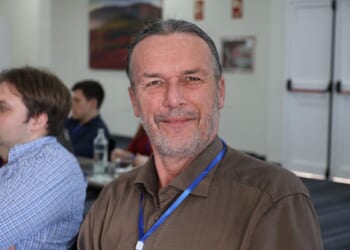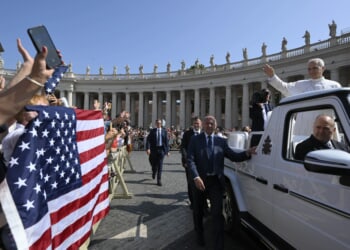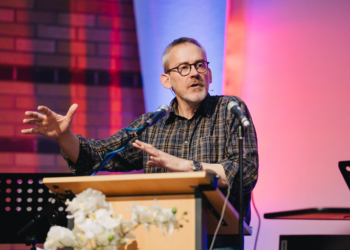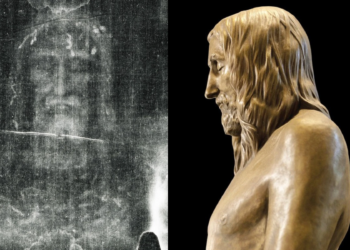CNA Newsroom, Jul 9, 2025 /
09:50 am
The Catholic Church in Germany is facing a cascading financial crisis as declining revenues force dioceses nationwide to implement drastic spending cuts, with one diocese projecting a staggering deficit of over 100 million euros (about $117 million) by 2035.
The Diocese of Limburg — led by the chairman of the German Bishops’ Conference, Bishop Georg Bätzing — recorded its first annual deficit of 810,000 euros (about $937,000) in 2024.
The deficit signals the beginning of what some describe as an inevitable financial reckoning, reported CNA Deutsch, CNA’s German-language news partner.
The diocese attributes the shortfall to “rising personnel and pension costs, a continuing decline in church tax revenues, and the financial consequences of societal megatrends such as demographic change, declining church affiliation, and increasing secularization.”
The financial pressures extend beyond individual dioceses to the national level, reports CNA Deutsch, CNA’s German-language news partner.
The Association of German Dioceses, which serves as a legal entity for the German Bishops’ Conference, has announced “ambitious austerity measures” that require cuts of approximately 8 million euros ($9.4 million) from its 129-million-euro ($151.2 million) budget. The association’s full assembly mandated that a balanced budget be presented for fiscal year 2027.
Only recently, however, the German Church was awash with cash. Church tax revenue peaked at 6.76 billion euros (about $7.92 billion) in 2019, up by more than 100 million euros on the previous year, despite a record exodus of 272,771 Catholics that same year.
The windfall reflected Germany’s robust pre-pandemic economy, which temporarily masked structural weaknesses now coming sharply into view.
The financial crisis increasingly reflects the reality in the pews, namely, a precipitous decline in German Catholic membership and practice.
For the first time, the number of Catholics in Germany has dropped below 20 million, with a total of 19,769,237 recorded in 2024 — a decrease of more than 576,000 from the previous year. Catholics now represent less than a quarter of Germany’s population of 83.6 million.
Even more striking is the collapse in active faith practice. Only 6.6% of German Catholics — just over 1.3 million people — regularly attend Sunday Mass, meaning less than 2% of the entire German population participates in weekly Catholic worship.
The Church in Germany recorded more than 321,000 formal resignations in 2024, compared with approximately 6,600 new members and readmissions.
Vicar General Father Wolfgang Pax emphasized that Limburg’s approach would avoid indiscriminate cuts. The prelate said: “Our goal is not to cut with a lawnmower. We want to align budgetary policy decisions with our ecclesiastical mission and strategic goals — with a clear compass in stormy times.”
The financial constraints come as questions persist about the Church’s spending on Germany’s controversial Synodal Way, a multiyear initiative that has drawn worldwide criticism and warnings of potential schism.
Reports raised the question of whether the organizers spent more than 5.7 million euros (about $6.7 million) on the project between 2019 and 2022, although Church officials have declined to confirm such calculations.
The spending has proven particularly contentious, given that the Catholic Church in Germany is funded by both state payments and a mandatory church tax — 8% to 9% of income tax for registered Catholics — making it one of the world’s richest Catholic institutions.
(Story continues below)
Subscribe to our daily newsletter
Beate Gilles, general secretary of the German Bishops’ Conference, acknowledged the severity of the situation: “The austerity process, which is already running parallel in many dioceses, is unavoidable. There will be hard cuts that are inevitable.”
She warned that the Church would be forced to withdraw support from important projects due to resource limitations.

















